13 E-Commerce Challenges and How To Overcome Them in 2026
5 Dec 25 

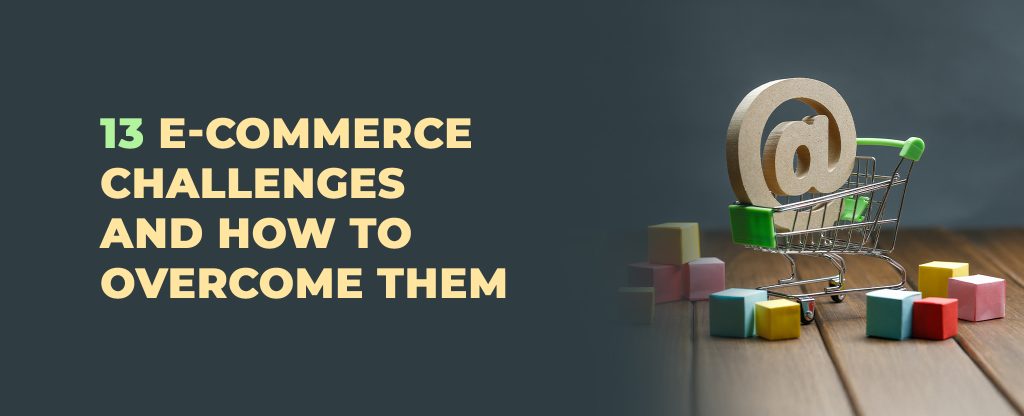
Thinking about starting an ecommerce business? Great idea! Online shopping has exploded recently, with platforms like Shopify making it easy to launch a store. But it’s not without challenges. From choosing products to managing shipping, you’ll face several hurdles, including those related to software development and integration, especially when overcoming e-commerce obstacles in a rapidly evolving market. Don’t worry though – we’re here to help!
According to recent data, global ecommerce sales reached $4.9 trillion in 2021, showing the massive potential in this space, with projections now surpassing $7 trillion by 2025 amid AI-driven innovations and social commerce surges.bigcommerce+1
Discover the online retail hurdles and fixes to maintain your company’s success, incorporating e-commerce growth strategies like AI personalization and omnichannel tactics. Let’s dive in and set you up for success!
Challenges And Solutions
Picking the Right Products
What are you going to sell? With so many options out there, it can be tough to figure out what’ll actually sell and make you money.
What to do: Check out tools like Shopify’s trend analyzer or Google Trends to see what’s hot right now. Don’t forget about niche products, too!

They can be real money-makers if you market them right. If you’re using Shopify, try apps like Oberlo to find trending products easily. Utlise AI-powered tools for predictive demand forecasting to align with 2025 e-commerce growth strategies.
Finding Your Ideal Customers
You might have great products, but if you’re not reaching the right people, you’re in for a tough time. Many online stores struggle with this.
What to do:
Use Shopify’s built-in stats or other tools to learn about your customers – who they are, what they buy, what they like.
Create detailed customer profiles to help you market better and speak directly to what your ideal customers want and need. Integrate AI for hyper-personalized targeting, a key trend boosting conversions in 2025.
Making Your Products Stand Out
It’s crucial to make your products shine compared to your competitors. If you don’t, you might see fewer sales and confused customers.
What to do:
Write awesome product descriptions and highlight what makes your stuff special. Use great photos and customer reviews to build trust. If you’re on Shopify, try apps like “Judge.me” to collect and show off customer reviews. Consider making QR codes and adding them on your packaging or marketing materials to give customers instant access to product details or exclusive offers. Add AR virtual try-ons for immersive experiences, as seen in rising livestream shopping trends.
Crafting Messages That Sell

Creating marketing messages that really click with your audience and make them want to buy can be tricky. Your marketing needs to address what your customers need and want.
What to do:
If you’re on Shopify, use email tools like Klaviyo or Mailchimp to send targeted emails. Focus on how your products help people, not just what they do. Always include a clear next step for customers to take. Try different headlines and offers to see what works best. Employ generative AI for dynamic content that adapts to shopper behavior.
Managing Your Marketing Budget

Figuring out how much to spend on marketing is always a challenge. Spend too much without results, and you’ll hurt your profits. Spend too little, and you might miss out on growth.
What to do:
Start by looking at your numbers. Use tools like Shopify’s marketing stats or Google Analytics to see how well your campaigns are doing. Put more money into the stuff that’s working best, like paid ads, email marketing, or teaming up with influencers. There are also apps for your online store that can give you marketing insights to help you make smart choices about where to spend your money. Shift budgets to retail media networks and social commerce for higher ROAS in 2025.
Creating a Solid Paid Ad Plan
Running good paid ads, like on Google or Facebook, can be tricky. Without a clear plan, you might end up wasting money.
What to do:
Figure out who you’re trying to reach and start small with test campaigns. If you’re using Shopify or BigCommerce, they work well with Google Shopping and Facebook Ads, making it easier to set up and run your ads. There are also apps like AdNabu that can help make your ads work better across different platforms. Use AI agents for automated optimization amid rising ad costs.
Showing People They Can Trust You
Getting potential customers to trust you is super important for online stores. Many businesses struggle with this.
What to do:
Use customer reviews, testimonials, and social media shout-outs to build trust. If you’re on Shopify, try apps like Yotpo or Loox to automatically collect content from your customers. Putting reviews front and center on your product pages can really boost sales. Enhance with blockchain for transparent supply chains, addressing 2025 privacy demands.
Making Your Online Store Easy to Use
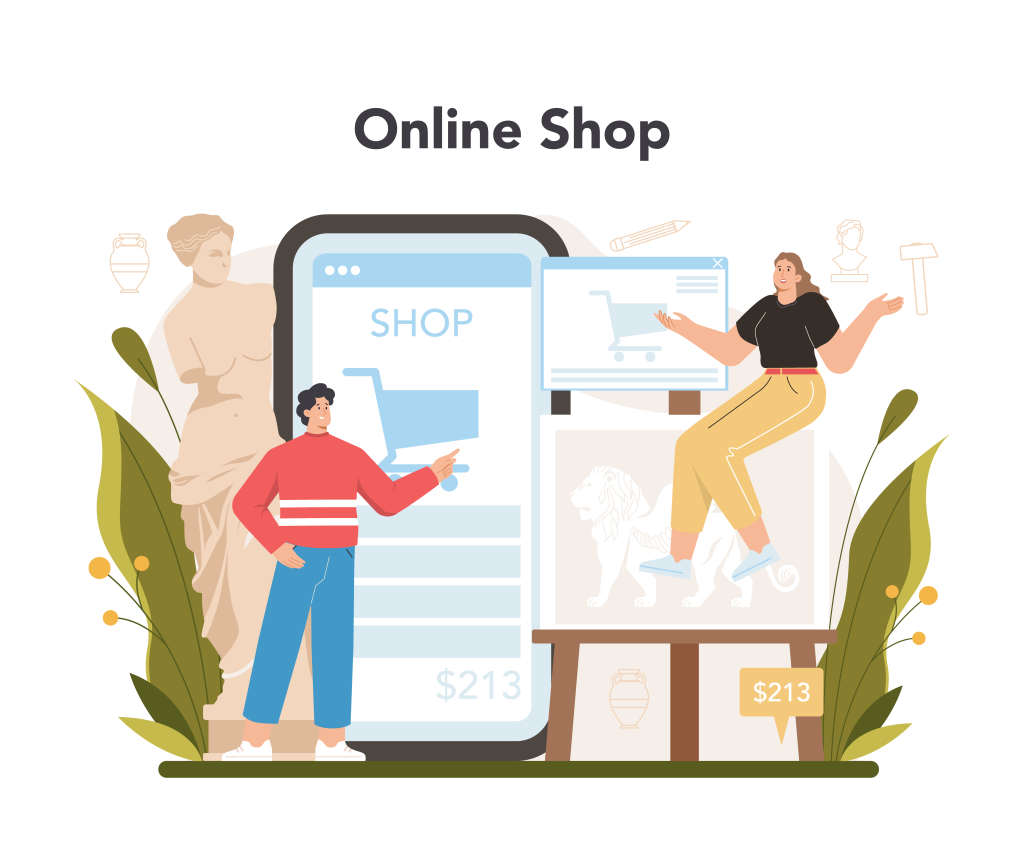
If your online store is hard to use, people might leave quickly or abandon their carts. Your Shopify store or custom-built app should be easy for people to navigate, prioritizing ecommerce UX optimization.
What to do:
Focus on making your site easy to use and look good on mobile devices. Shopify themes offer lots of options to make your site look great and work well. Also, make sure your online store app is up-to-date and runs smoothly. Implement voice search and headless commerce for seamless mobile m-commerce.
Turning Visitors into Buyers

Getting people to your store is only half the battle. The real challenge is getting them to actually buy something. Many online stores struggle with low conversion rates even when they have lots of visitors.
What to do:
Try things like offering limited-time discounts, making checkout easier, and using pop-ups to catch people before they leave. If you’re on Shopify, apps like Privy and OptiMonk can help with pop-ups, getting email addresses, and other tricks to boost sales. Add one-click checkouts and AI chat agents to cut friction further.
Keeping Customers Coming Back

Getting new customers is important, but keeping them coming back is where online stores really make money. Unfortunately, many stores focus only on getting new customers and forget about keeping their current ones happy.
What to do:
Use loyalty programs, email marketing, and ads that target past customers to keep them engaged. If you’re on Shopify, apps like Smile.io can help you create a loyalty program that encourages people to buy again. Personalizing your emails to existing customers is another great way to keep them coming back. Predict lifetime value with AI for retention-focused e-commerce growth strategies.
Making Customers Happy
Even with a great online store and easy checkout, bad customer service can make people leave bad reviews and not come back. Giving awesome service is often really tough.
What to do:
Give customers lots of ways to get help, like live chat, email, and phone. Shopify has cool apps like Tidio and Gorgias that can answer customer questions quickly. Another option for larger stores is Zendesk. They offer robust help desk ticketing software that provides a seamless integrated support experience for customers. Having a FAQ section can also cut down on questions, making your service work better. Deploy conversational AI assistants for 24/7 scalability.
Handling Shipping and Stuff
Getting orders out the door and managing what’s in stock is super important for a smooth online store. Dealing with inventory, shipping, and returns can take a lot of time and lead to mistakes.
What to do:
Use tools that keep track of your inventory right in your online store platform. Shopify works with lots of shipping companies, making it easy to automate shipping and returns. Make sure you have a clear return policy and think about using warehouses to handle big orders better. Tackle cross-border complexities with AI-optimized routes and sustainable options.
Keeping Your Online Store Safe
With more bad guys trying to hack websites, keeping your online store safe is super important. If someone breaks in, customers might not trust you anymore and you could lose a lot of money. This ties into payment gateway issues ecommerce, like fraud and compliance.
What to do:
Make sure your website uses HTTPS, safe ways to pay, and strong passwords. Shopify and most online store platforms come with built-in safety features, like SSL certificates and PCI compliance. You can also use apps like Rewind or SiteLock for extra protection. Adopt AI fraud detection and diverse gateways supporting BNPL and crypto for 2025 resilience.
Wrapping Up
Running an online store, whether on Shopify or your own custom site, has lots of challenges. But if you understand these common problems—central to overcoming e-commerce obstacles—and use the right tools and strategies like AI personalization, social commerce, and robust logistics, you can set your business up to do well. From picking products and keeping customers to building your online store app and managing shipping, dealing with these challenges is key to growing in the always-changing world of online selling.
- Agentic AI1
- Android Development3
- Artificial Intelligence34
- Classified App3
- Custom App Development5
- Digital Transformation12
- Doctor Appointment Booking App14
- Dropshipping1
- Ecommerce Apps40
- Education Apps2
- Fintech-Apps37
- Fitness App4
- Flutter4
- Flutter Apps20
- Food Delivery App5
- Grocery App Development1
- Grocery Apps3
- Health Care10
- IoT2
- Loyalty Programs9
- Matrimony Apps1
- Microsoft1
- Mobile App Maintenance2
- Mobile Apps129
- Product Engineering6
- Progressive Web Apps1
- React Native Apps2
- Saas Application2
- Shopify9
- Software Development3
- Taxi Booking Apps7
- Truck Booking App5
- UI UX Design8
- Uncategorized6
- Web App Development1









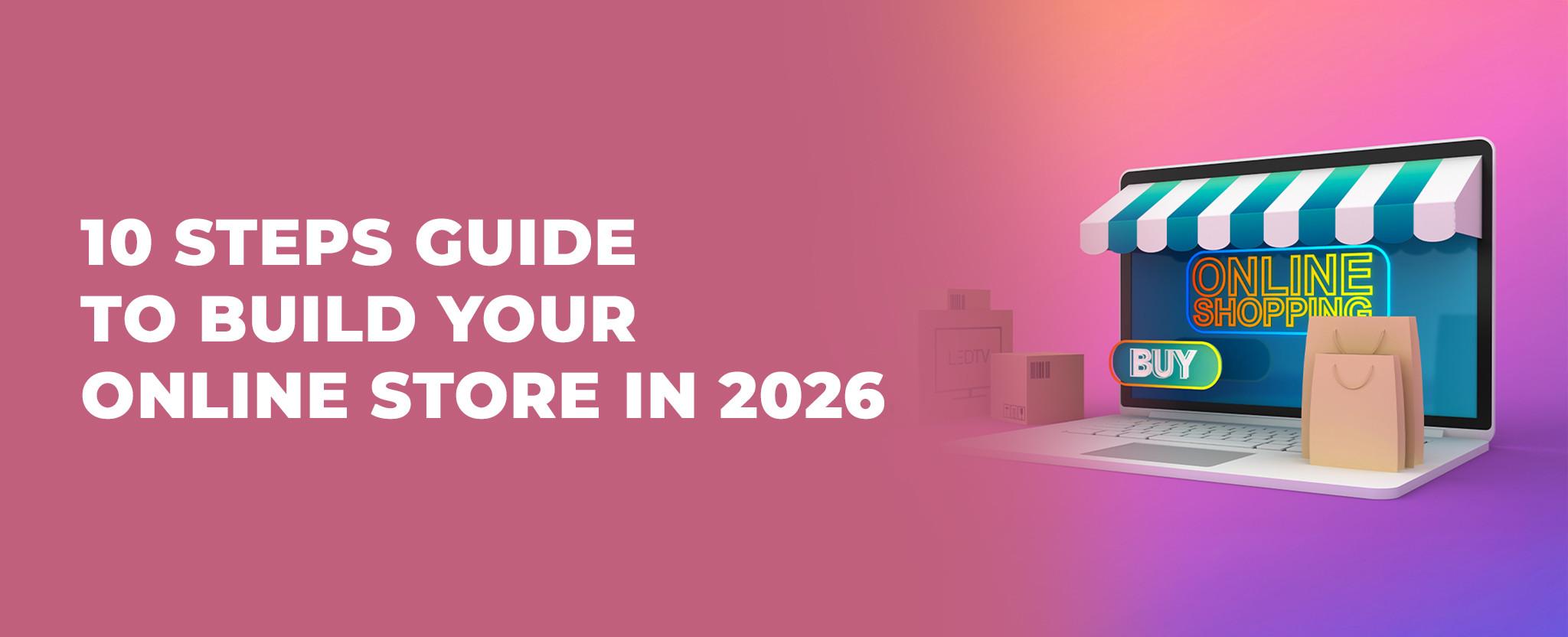

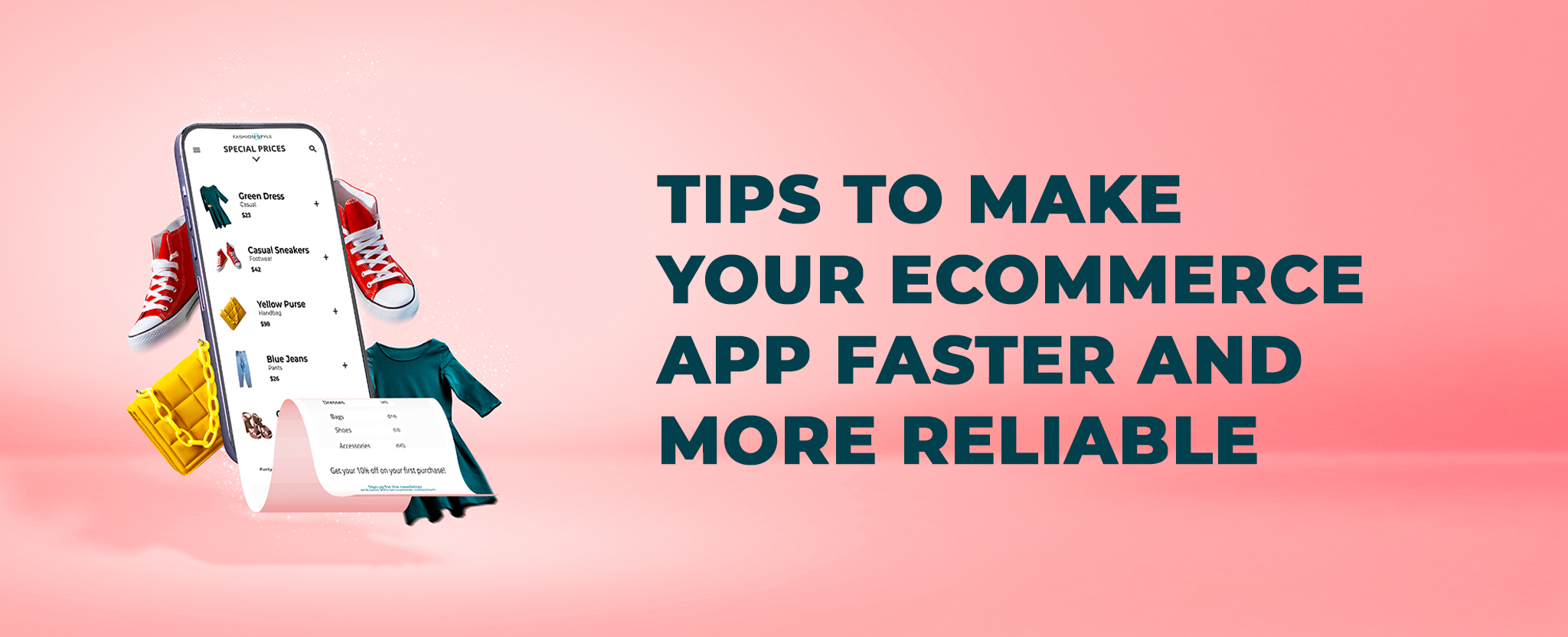
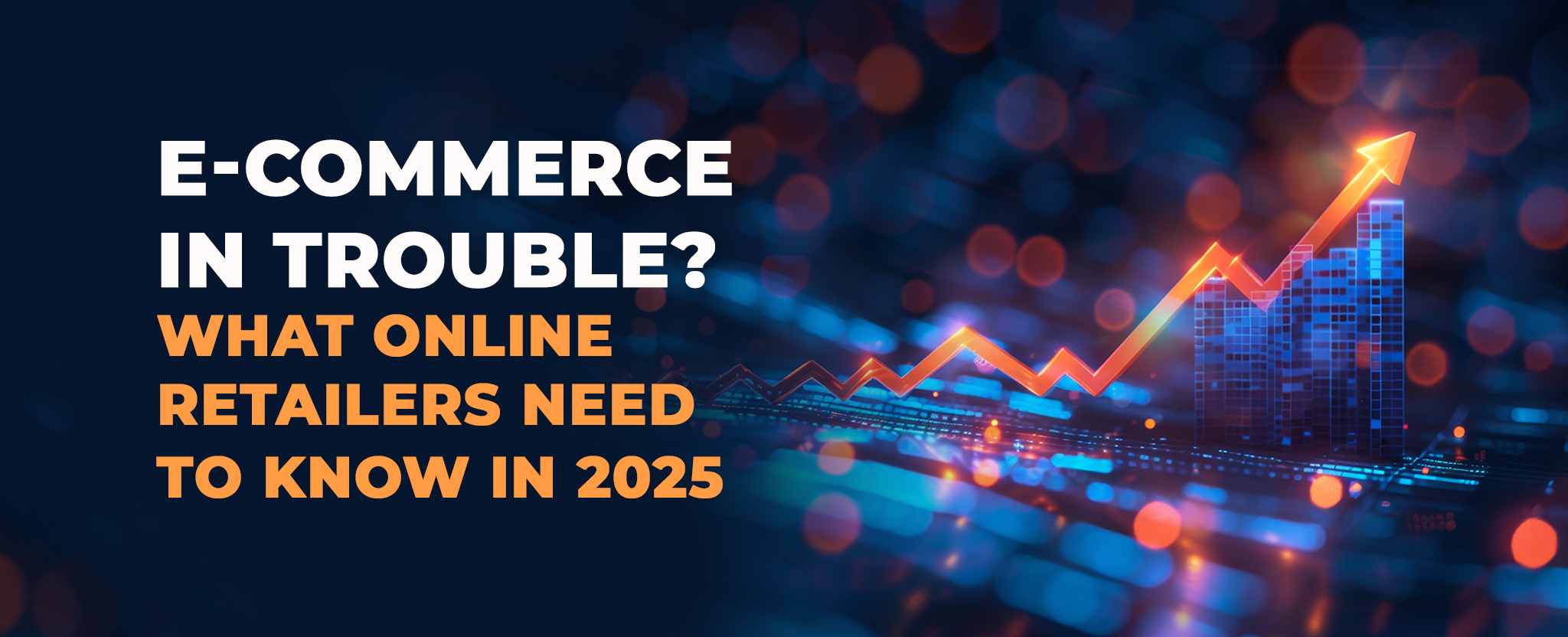






Comments